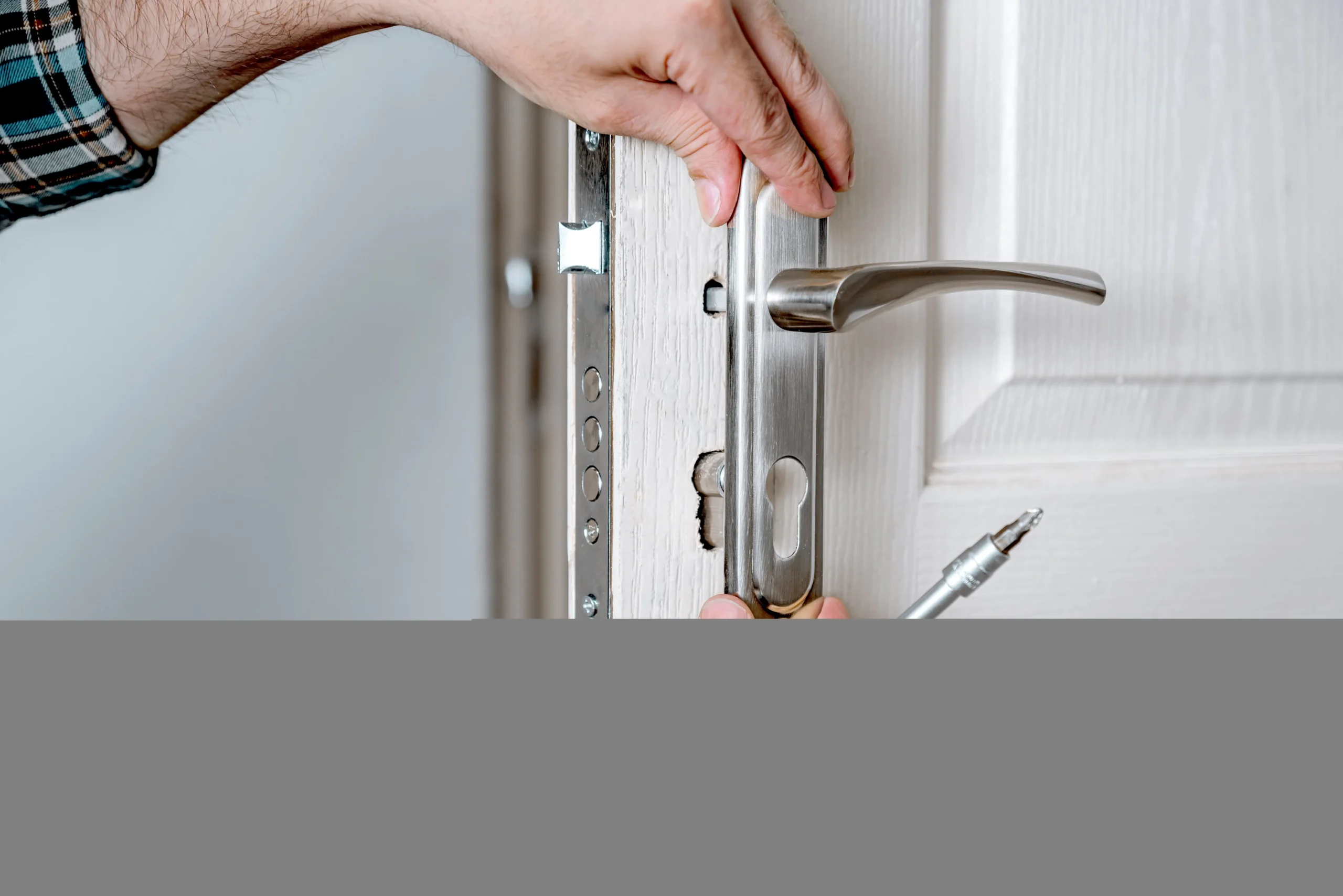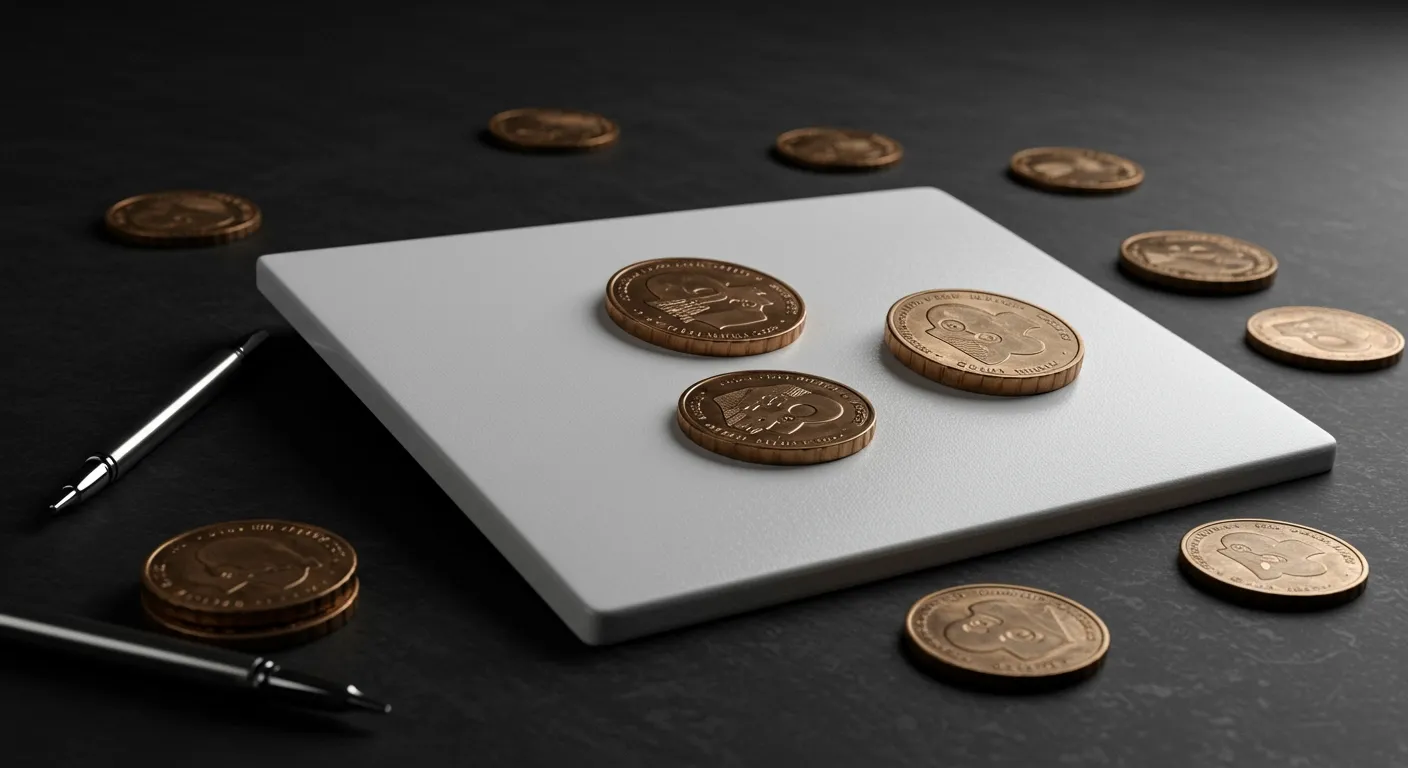Ensuring the security of our homes is paramount, and one of the fundamental aspects of home security is having sturdy, reliable locks on our doors. Whether you’ve just moved into a new home, are looking to upgrade your security, or simply need to replace a worn-out lock, knowing how to change a door lock securely is essential. In this guide, tailored for UK readers, we’ll walk you through the process step by step, empowering you to enhance the security of your home effectively.
Step 1: Assess Your Lock Needs
Before diving into the process of changing your door lock, take some time to assess your specific requirements. Consider the type of lock currently installed and why you’re looking to change it. Are you moving into a new property and want to ensure your security? Perhaps you’ve experienced a break-in and want to upgrade to a more robust lock system. Identify your needs and preferences to determine the type of lock that best suits your situation, whether it’s a traditional deadbolt, a cylinder lock, or a smart lock with advanced features.
Step 2: Gather Necessary Supplies
Once you’ve determined the type of lock you need, gather all the necessary supplies and tools for the installation process. You’ll typically need a screwdriver (or multiple screwdrivers of different sizes depending on your lock), the new lockset, replacement screws if necessary, and a tape measure. It’s crucial to opt for high-quality locks from reputable brands to ensure the security of your home.
Step 3: Remove the Old Lock
Before installing the new lock, you’ll need to remove the existing one. Start by loosening the screws on the interior knob or handle using your screwdriver. Once the screws are removed, detach the lock mechanism from the door carefully. Depending on the type of lock you have, you may need to unscrew additional components or detach the faceplate to access the locking mechanism. Remember to work slowly and methodically to avoid damaging the door or surrounding areas.
Step 4: Measure and Prepare
With the old lock removed, it’s time to prepare the door for the installation of the new lock. Begin by measuring the dimensions of the door and the existing lock hole to ensure compatibility with the new lock. Use a tape measure to accurately determine the size of the lockset and any additional components. If necessary, clean and sand the door surface to remove any debris or unevenness that could affect the installation process.
Step 5: Install the New Lock
Once the door is prepared, it’s time to install the new lock. Begin by inserting the latch or bolt into the door, ensuring that it is properly aligned with the existing hole. Secure the latch in place using the screws provided with the lockset, making sure to tighten them firmly. Next, attach the exterior portion of the lock, followed by the interior knob or handle. Again, use the provided screws to secure these components in place, checking for proper alignment and operation as you go.
Step 6: Test and Adjust
With the new lock installed, it’s essential to test its functionality thoroughly. Open and close the door multiple times to ensure that the lock operates smoothly and securely. If you encounter any resistance or difficulty, double-check the alignment of the components and tighten any loose screws as needed. Additionally, consider lubricating the lock mechanism with a silicone-based lubricant to maintain smooth operation over time.
Step 7: Dispose of Old Lock Safely
Once the new lock is installed and tested, don’t forget to dispose of the old lock and any associated packaging or materials responsibly. Depending on your local waste disposal regulations, you may be able to recycle certain components or dispose of them in designated bins. If you’re unsure of the proper disposal method, contact your local waste management authorities for guidance.
Lock Changing is Simple yet Crucial
Changing the locks on your doors is a simple yet crucial step in enhancing the security of your home. By following the steps outlined in this guide, readers can confidently tackle the process of changing a door lock securely. Remember to assess your lock needs, gather the necessary supplies, remove the old lock carefully, measure and prepare the door, install the new lock correctly, test its functionality, and dispose of the old lock responsibly. By prioritising home security and taking proactive measures to maintain secure locks, you can enjoy greater peace of mind knowing that your home is protected against unauthorised access. If you are not confident in following this process, our advice is to ensure you find a reliable and trustworthy locksmith that can complete your lock replacement on your behalf.
Additional Tips:
- Consider including visuals, such as images or diagrams, to supplement the written instructions and enhance understanding.
- Address common concerns or FAQs related to changing locks, such as the legality of DIY installations and potential insurance implications.
- Emphasise the importance of keeping spare keys secure and limiting access to them to trusted individuals to prevent unauthorised entry.
- Encourage readers to consider consulting with a professional locksmith for complex installations or if they encounter any difficulties during the process.








